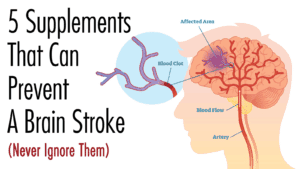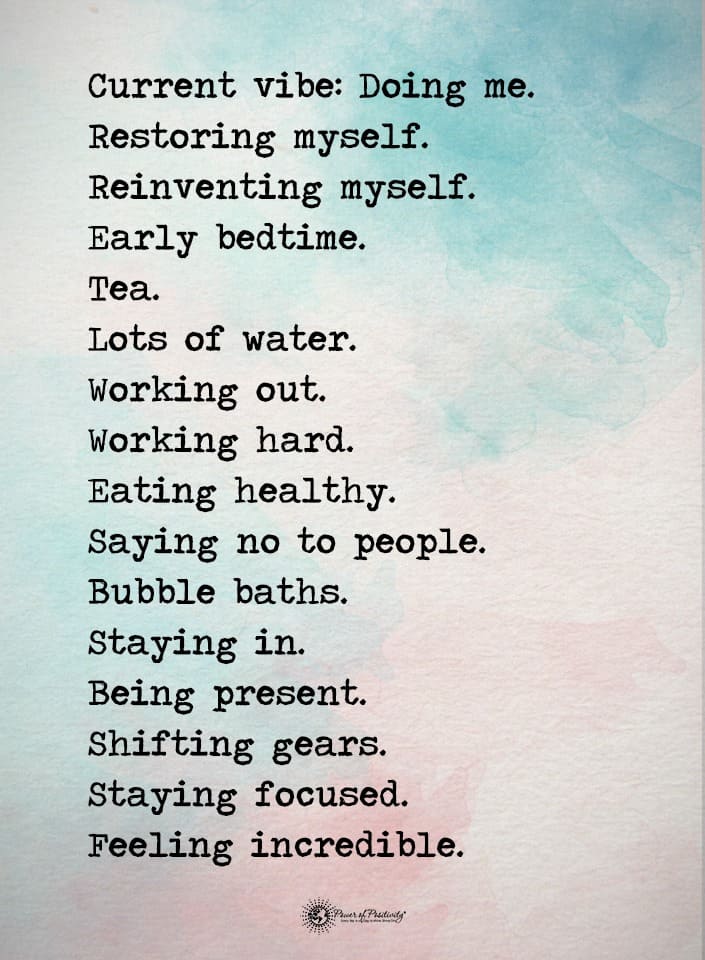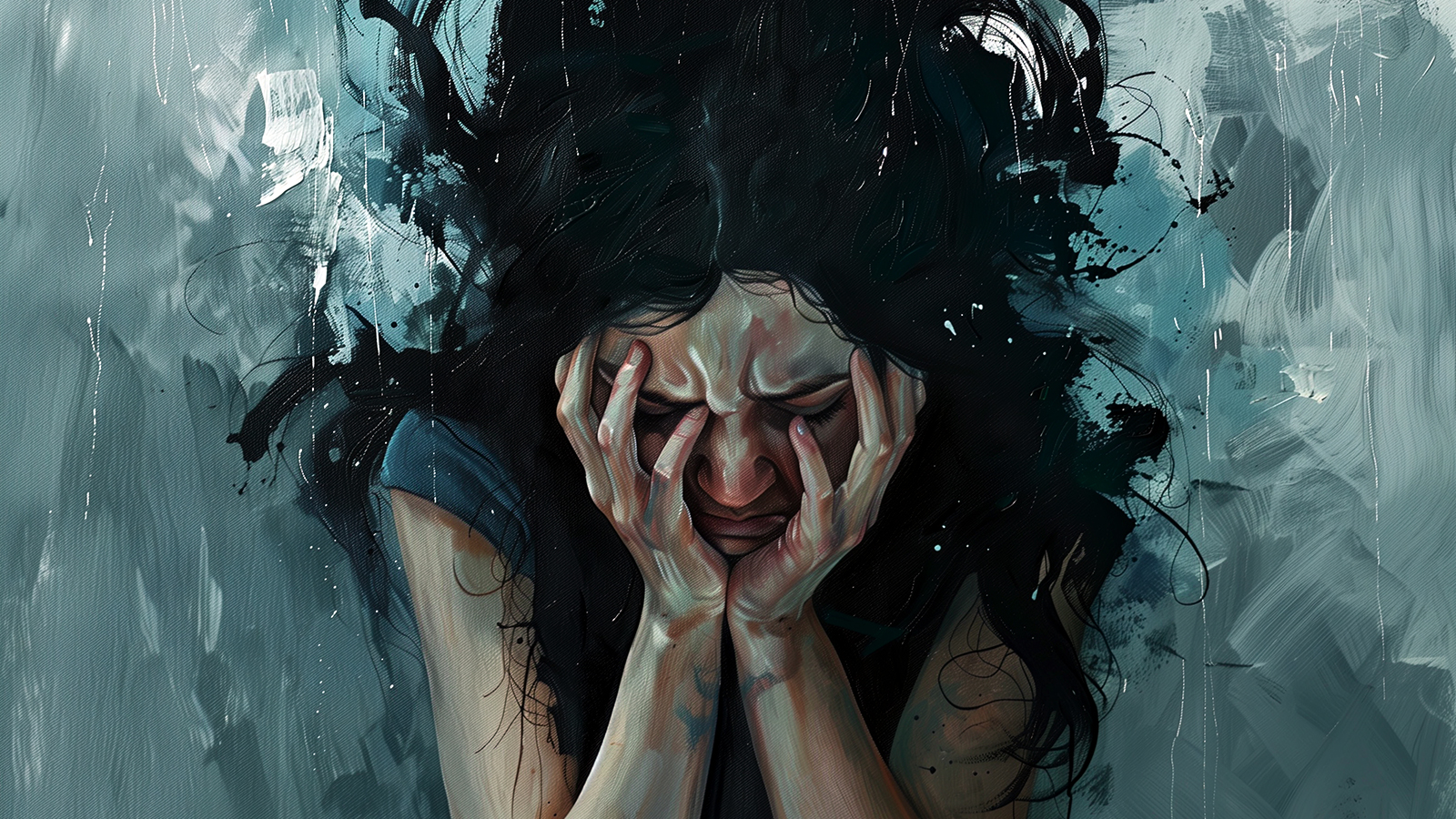A stroke occurs when the blood supply to the brain is suddenly disturbed. The condition is more likely in men, but women are at a higher lifetime risk and more likely to die from a one.
According to the CDC, one in five women in the US will have one. More alarming is the fact that almost 60 percent will die from their attacks.
Why are women at a higher risk?
- They typically live longer than men, and age is vital in evaluating risk.
- They tend to have high blood pressure, which is another risk factor.
- Becoming pregnant or using birth control elevates risk.
Most occurrences arise from blocked arteries that lead to the brain. But others stem from bleeding in the brain due to a burst blood vessel. Knowing the signs and symptoms of a stroke will help you get the immediate help you need when you need it. Identifying and treating the condition is fundamental to a quick, successful recovery.
Stroke Symptoms in a Woman – What’s the difference?
A woman may have symptoms that are not commonly found in men. These symptoms include the following:
- Pain
- Hiccups
- Seizures
- Fainting
- Loss of consciousness
- Nausea
- Vomiting
- Trouble breathing
- General weakness
- Altered mental state
These symptoms primarily occur in women, and they indicate a myriad of medical problems. This fact can hinder a paramedic’s judgment of their condition. The similarity to other conditions can prolong treatment and negatively impact recovery.
Symptoms of an Altered Mental State
Confusion, sudden drowsiness, and other odd behavior can be another indicator. According to a study from 2009, these symptoms are the most common, nontraditional symptoms of a stroke. Health practitioners refer to this group of symptoms as an altered mental status. Women are 1.5 times more likely to experience at least one of these symptoms, which include:
- Agitation
- Confusion
- Hallucination
- Disorientation
- Sudden change in behavior
- Unresponsiveness
Other Common Symptoms
Symptoms usually appear quickly, so recognizing them is crucial for getting help. They often include confusion, an inability to speak, and a strained expression. The most common symptoms are:
- Sudden trouble understanding speech or speaking, often linked to confusion
- The sudden loss of balance or coordination, dizziness, or issues walking
- Sudden weakness or numbness in your limbs and face, particularly on one side of the body
- A sudden severe headache without a known cause
- Sudden vision problems in one or both eyes
The FAST Method
The FAST method is used to check for the warning signs of X. FAST stands for:
- Face. Does the face droop on one side, or is it numb?
- Arms. When raising both arms, does one arm stay lower than the other? Is there numbness or weakness in one arm?
- Speech. Is speech jumbled or slurred?
- Time. If any of these questions apply, call 911 immediately.
When it comes to surviving, time is of the essence. The longer it takes to call emergency services, the higher the chance the stroke will cause permanent brain damage or disability.
It is important not to drive yourself or someone else to the hospital. Emergency services can provide immediate medical aid faster than you’ll receive care in the emergency room.
Once you arrive at the hospital, a physician will evaluate your symptoms and review your medical history. They will conduct a physical exam and order other diagnostic tests to make a definitive diagnosis.
Causes of Strokes
Strokes result from bleeding in the brain or interrupted blood supply to the brain. Here are the types and causes:
- Ischemic: These occur when blood clots block the arteries to the brain. A buildup of plaque in the arteries is usually the culprit of many ischemic strokes.
- Thrombotic: This event occurs when a blood clot within an artery develops in the brain.
- Embolic: These occur when a clot forms elsewhere in the body and travels to the brain.
- Hemorrhagic: This event results from a burst, bleeding blood vessel in the brain.
- Ministrokes, or transient ischemic attacks (TIA): These are quick events that are difficult to identify solely based on its symptoms. Symptoms often last for less than five minutes and disappear entirely within 24 hours. These ministrokes occur when blood flow to the brain is temporarily blocked. Often, they serve as a red flag pointing and indicate a more severe event in the future.
Treatment for Strokes
Ischemic Strokes
Ischemic events are the most common type and are caused by a blood clot. Your physician will prescribe a tissue plasminogen activator (tPA) medication to break down the clot.
This drug must be taken within the first three to four and a half hours for maximum efficiency. For patients who cannot receive tPA, physicians provide blood thinners or some other form of anticoagulant medication to keep clots from developing.
Invasive procedures such as surgery can break clots or unblock arteries. These procedures can be useful for up to 24 hours after the first symptoms begin to manifest.
Hemorrhagic Strokes
Hemorrhagic occurrences result when an artery ruptures or leaks blood in the brain. Treatment is based on the underlying contributor to the stroke:
- High blood pressure. Your physician will provide medication that lowers blood pressure and reduces bleeding.
- Defective arteries and broken veins. Your physician may recommend a procedure called arteriovenous malformation (AVM) repair to thwart further bleeding.
- Aneurysm. Your physician may recommend surgery to restrict blood flow to the aneurysm.
Treatment for a Woman – What’s the difference?
Recent research revealed that women receive worse emergency care than men. A woman will generally wait longer to receive attention than a man. When they are admitted, a woman may not receive as much intensive care or diagnostic workups as a man. Experts hypothesize that this is due to the non-traditional symptoms that a woman may report.
The Woman’s Road to Recovery
Recovery begins in the hospital with treatment. When your condition improves, you may transfer to another location, such as a rehab or skilled nursing facility. Some patients opt for at-home care. This may be provided in conjunction with hospice or outpatient therapy programs.
Due to the nature of stroke, recovery can include several forms of therapy to help you regain and improve cognitive functioning, including speech, physical, and occupational therapy. Your care team will teach you how to do several physical activities, such as bathing, walking, and brushing your teeth.
Some evidence suggests that recovery in a woman is usually slower than in men. Additionally, a woman is more likely to report:
- Disability
- Impaired daily living
- Mental impairment
- Depression
- Reduced quality of life
- Fatigue
Prevention of Future Strokes
Remaining observant of your health is not only crucial for preventing stroke, but it is also important for your health overall. Some things you can do to aid in prevention include the following:
- Getting regular exercise
- Eating a balanced diet
- Maintaining a healthy weight
- Managing stress
- Quitting smoking
If you are a woman, there are added safeguards you should take due to your unique risks. Before you begin birth control, it is recommended that you get screened for high blood pressure. If you are over 75 years old, you should get tested for atrial fibrillation (AFib). Lastly, if you are pregnant, experts recommend monitoring your blood pressure during and after your pregnancy.
Final Thoughts on Women and Stroke Signs
Although women who suffer from a stroke are more likely to occur in men, women are also at elevated lifetime risk. A woman is more likely to die from an attack than a man. This means that, if you are a woman, you should take precautions to help reduce your risk of having them in the future. These precautions included eating healthily, managing your stress, and quitting bad habits.
There are several types of stroke, and treatment is based on the type. Treatment methods may involve blood thinners, anticoagulants, and/or surgery. Recovery varies among individuals; however, a woman usually recovers slower than her male counterpart. Regardless of gender, recovery may include physical, speech, and occupational therapy. The goal of treatment is for your care team to help you regain your cognitive functioning.
Although some people can talk or walk within a few months, others may need more time to recover fully. It is important to stay dedicated to your rehabilitation. Part of this rehabilitation includes sustaining or developing healthy habits, such as eating balanced diets and exercising regularly.
A healthier lifestyle will not only help you throughout your recovery but also help prevent having a stroke in the future.


















